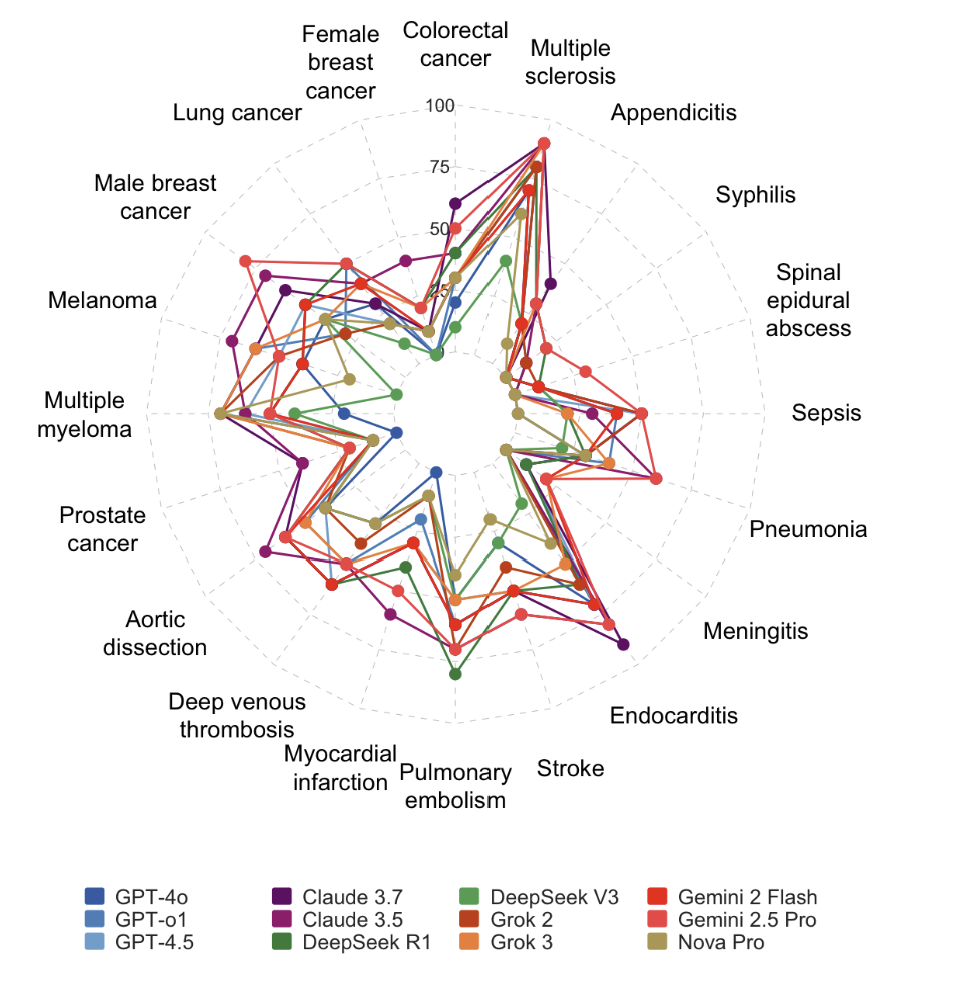In 2017, the paper “Attention Is All You Need” was published, and it completely revolutionized the field of Natural Language Processing. It introduced the Transformer, an architecture that dispensed with recurrence and convolutions entirely, relying solely on a mechanism called self-attention.
Before the Transformer, state-of-the-art NLP models like LSTMs processed text sequentially. This made them slow to train and created challenges in capturing very long-range dependencies. The Transformer proposed a new paradigm: process all words in a sentence at the same time and use an attention mechanism to weigh the importance of every other word at each step.
The Magic of Self-Attention
The heart of the Transformer is the self-attention mechanism. It allows the model to look at other words in the input sequence for clues that can help lead to a better encoding for a specific word.
For each word, we create three vectors: a Query vector, a Key vector, and a Value vector.
- Query (Q): Represents the current word you are focusing on.
- Key (K): Represents all the words in the sequence that you can pay attention to.
- Value (V): Represents the actual content of those words.
To calculate the attention score for a given word, you take its Query vector and compute the dot product with the Key vectors of all other words in the sentence. These scores are then scaled, passed through a softmax function (to normalize them into probabilities), and finally used to create a weighted sum of the Value vectors.
The result is a new representation for the word that is enriched with context from the words it should “pay attention” to. For example, in the sentence “The robot picked up the ball, because it was heavy,” the self-attention mechanism would help the model learn that “it” refers to the “ball” and not the “robot.”
Transformer Architecture Overview
The full Transformer architecture consists of two main parts:
- An Encoder: Reads the input sequence and generates a contextual representation. It consists of a stack of identical layers, each with a multi-head self-attention mechanism and a feed-forward neural network.
- A Decoder: Generates the output sequence one token at a time, using the encoder’s output and its own previously generated tokens. It also has self-attention and feed-forward layers, plus an additional attention layer that pays attention to the encoder’s output.
This architecture is incredibly powerful and, because it’s not sequential, can be parallelized to a much greater degree than RNNs, allowing for training on massive datasets.
Conceptual Attention in Python
Implementing a full Transformer is complex, but we can write a simplified Python function to illustrate the core idea of calculating attention scores.
import numpy as np
def softmax(x):
"""Compute softmax values for each sets of scores in x."""
e_x = np.exp(x - np.max(x))
return e_x / e_x.sum(axis=-1, keepdims=True)
def calculate_attention(query, keys, values):
"""
Calculates a simple attention output.
query: The vector for the current word.
keys: The vectors for all words in the sequence.
values: The content vectors for all words in the sequence.
"""
# 1. Calculate dot product of the query with all keys
scores = np.dot(query, keys.T)
# 2. Normalize scores to get attention weights
weights = softmax(scores)
print("Attention Weights:", weights)
# 3. Compute the weighted sum of the values
# In practice, this would be a matrix multiplication
output = np.dot(weights, values)
return output
# Example: "it refers to the ball"
# Let's create some dummy vectors (in reality, these are learned)
# Assume we want to know what "it" refers to.
query_it = np.array([0.8, 0.2]) # Query for "it"
keys_all = np.array([
[0.9, 0.1], # Key for "the"
[0.7, 0.3], # Key for "robot"
[0.1, 0.9], # Key for "picked"
[0.2, 0.8], # Key for "up"
[0.95, 0.05],# Key for "the"
[0.4, 0.6], # Key for "ball"
])
values_all = np.array([
[0.1, 0.1],
[0.2, 0.2],
[0.3, 0.3],
[0.4, 0.4],
[0.5, 0.5],
[0.6, 0.6],
])
# Calculate attention for the word "it"
context_vector = calculate_attention(query_it, keys_all, values_all)
print("\\nContext vector for 'it':", context_vector)
# A high weight on "ball" would pull the context vector closer to the value of "ball".This toy example shows how a query vector can be used to selectively focus on the most relevant parts of the input sequence. The real Transformer uses “multi-head” attention, which means it performs this process multiple times in parallel with different, learned linear projections of Q, K, and V, allowing it to focus on different aspects of the input simultaneously.
The Impact on AI
The Transformer architecture is arguably the most important development in machine learning in the last decade. It is the foundation for almost all modern state-of-the-art language models, including:
- BERT (Bidirectional Encoder Representations from Transformers): A powerful model that learns context from both left and right sides of a word.
- GPT (Generative Pre-trained Transformer): The architecture behind models like ChatGPT, famous for its incredible text generation capabilities.
- T5, RoBERTa, and many more.
It has also been successfully applied to other domains, such as computer vision (Vision Transformers) and biology (AlphaFold 2).
Conclusion
By replacing sequential processing with parallelizable self-attention, the Transformer not only overcame the limitations of RNNs but also unlocked the ability to train truly massive models. This architectural shift is directly responsible for the recent explosion in the capabilities of large language models and has fundamentally changed the landscape of artificial intelligence.








